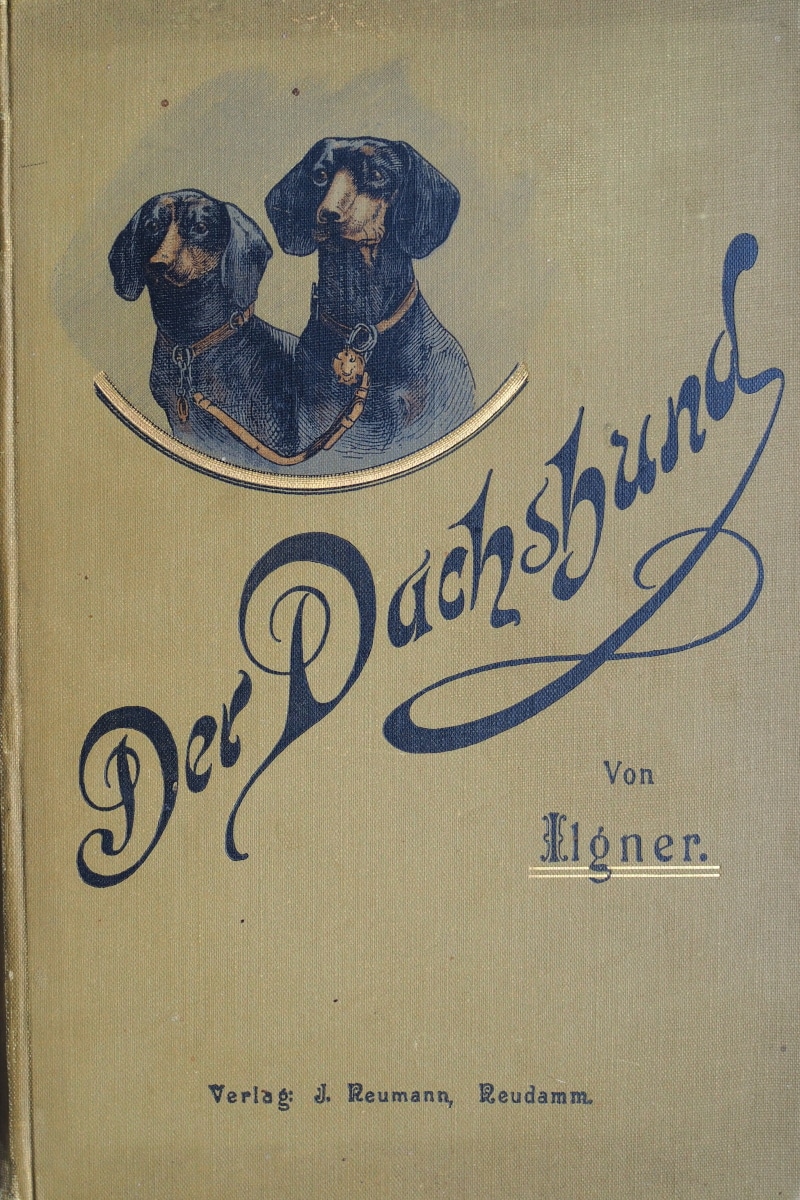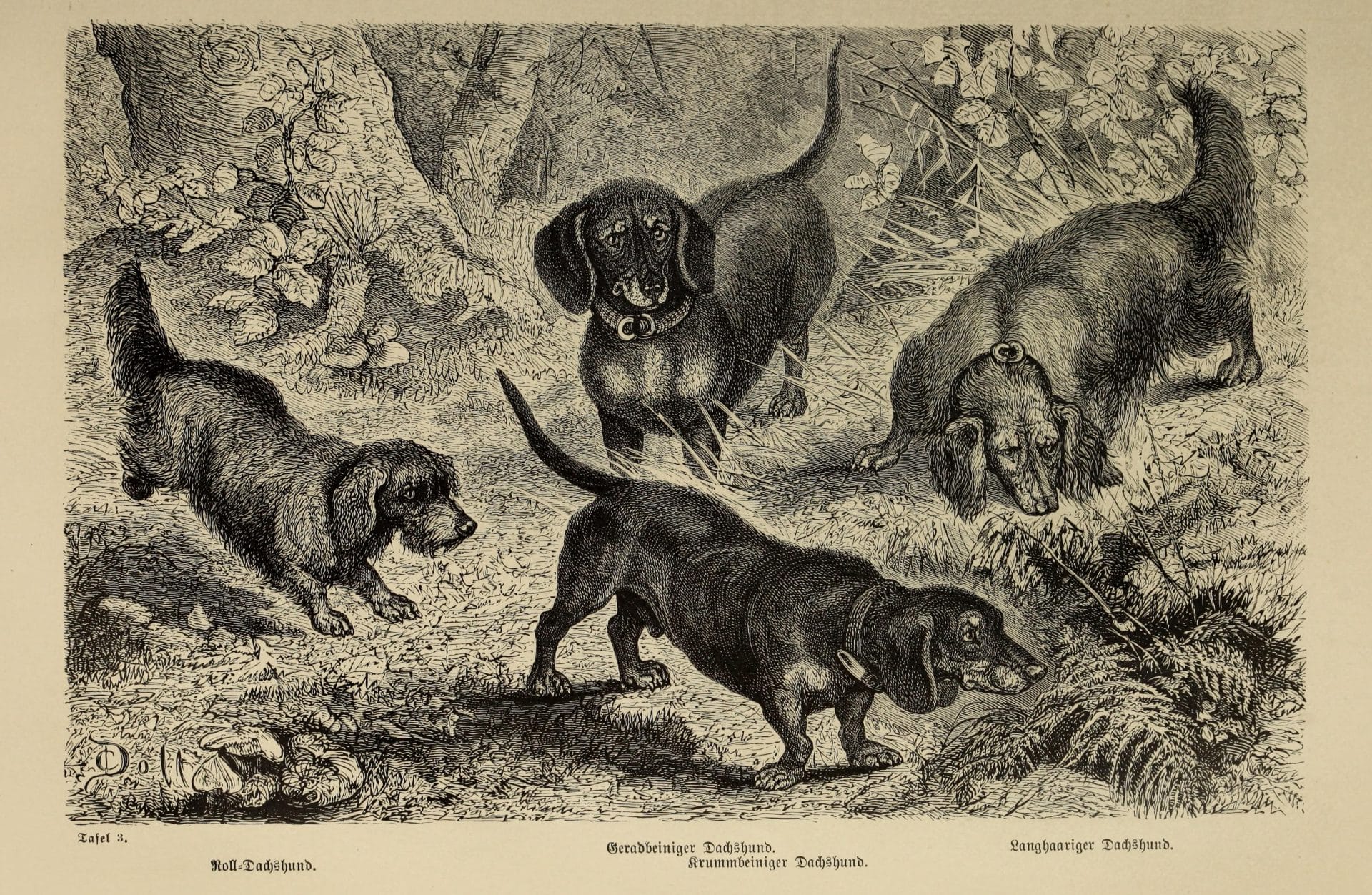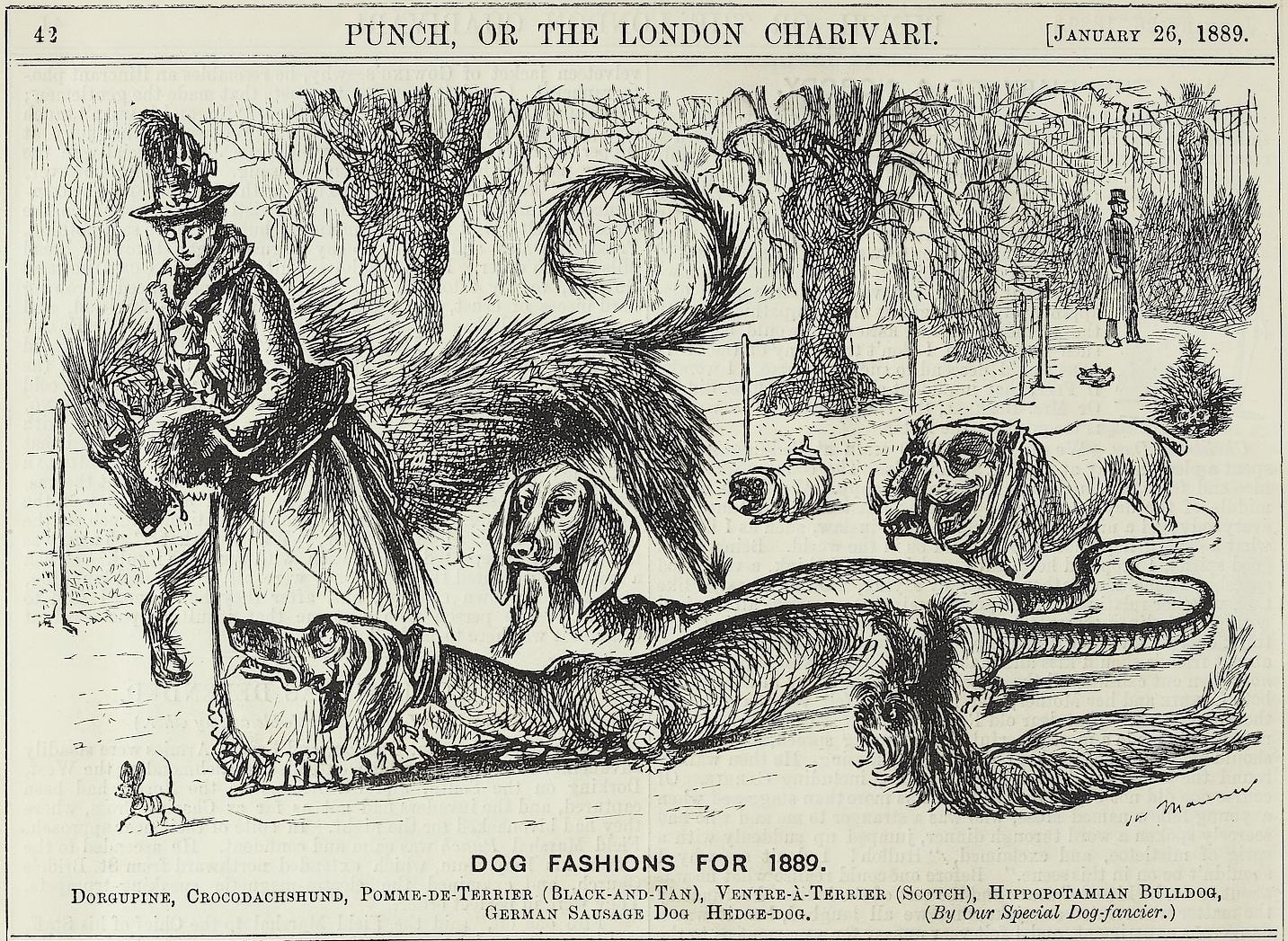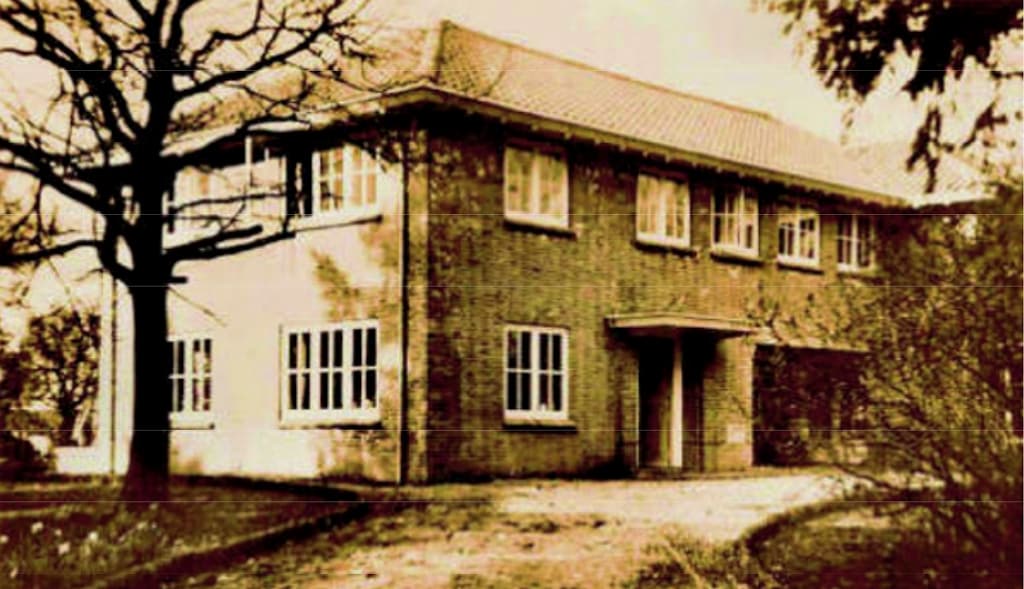Not only Emil Ilgner, one of the two founders of the “Teckel-Klub”, from which today’s “Deutscher Teckelklub von 1888 e.V.” was to emerge, and its first president at short notice, had difficulties in presenting something like a stringent history of the Dachshund in his book “Der Dachshund”, published in 1896, and even today some recourse to the ancient Egyptians or Romans when it comes to the history of Dachshunds seems more than a little… tried.
Table of Contents
Ancestors of Today’s Dachshunds
Dogs have “always” existed, at least since humans settled down. According to the purpose pursued, different types of dogs developed locally, for a long time without to speak of planned breeding in the narrower sense. Further “breeding” was done “by the end user” with what seemed most suitable for the required purpose. Where, as in pre-industrial times, the number of possible areas of use for the dog was limited and thus always similar in different regions, similar, albeit regionally different, dog types developed.
Erdhündle, Lochhündlein, Schlifferlin or Schliefer, Tachskrieger, Dachskriecher, Dachshund… these are the names under which one comes across some of the ancestors of our present-day Dachshund in literature from the early modern period and thereafter. Cynological standards still apply little in these sources; for the most part, the dog is thought of in terms of the way it is used and described solely from a hunting point of view. Thus, not only “badger dogs” but also, for example, “beaver or otter dogs” are found in this literature. It is doubtful that dog breeds in the modern sense were actually described. In his “Dachshund”, first published in 1923, Engelmann rightly points out that the work to be done by the dog rather coined the term “Dachshund” than common external characteristics of the individuals.
It is more likely to have been the idea of a type of dog as it was generally used for this or that purpose in a particular area, and it is not always certain that what was described was only what was seen or not perhaps rather what seemed somehow coherent or desirable to the authors.
Nevertheless, the efforts of the authors of that time should not be dismissed from today’s supposedly high vantage point. Only those who work make mistakes, and the attempts to bring order into the seemingly chaotic diversity of the world were certainly work with early modern means. Let’s not forget: these people worked almost from nothing, whereas today we draw from the full and imagine ourselves to be terribly knowledgeable, although the majority of us can only adorn ourselves with foreign and learned feathers.
Gregor Mendel and his Influence on Dog Breeding
What is true for the authors is even more true for the practitioners, the dog breeders. It is true that deliberate breeding was already being undertaken here and there at the beginning of the 19th century and many a dog practitioner may have got an “inkling” of what he was doing through “trial and error”. But the one who was to lay the first scientific groundwork had yet to be born in 1822 and it was to take until 1865 before Gregor Mendel was able to present his research results and thus Mendel’s rules for the first time. Almost at the same time, a first (highly deficient) German edition of Charles Darwin’s “On the Origin of Species…” appeared in 1860, followed by the correct translation in 1876. Even against this background, it still took until the following turn of the century for Mendel’s rules to become generally known and their significance recognized.
From then on, it was no longer a question of creating chimeras from two individuals, but rather of individual characteristics of the individuals used for crossing or mating and the attempt at their planned inheritance and possible recombination. It was not only in dog breeding that an idea began to develop of how much differentiation of various traits and their permanent establishment in a breeding line could be achieved with the help of planned breeding.
The history of modern pedigree dog breeding is thus an astonishingly short one, when I consider that my favoured grandmother was born when modern dog breeding had just reached its first main flowering at the end of the 19th century.
The Dog as a Pet of Distinguished People
In the German-speaking countries, from the end of the 18th century on – probably spurred on by the English model – and not entirely coincidentally among people of status and wealth, there was a growing enthusiasm for the dog as a pet, so that as early as 1781, Friedrich Nicolai from Berlin criticized the “silly and harmful habit of distinguished and rich people of walking with large mutts out of sheer addiction to imitation”. Such a thing could be understood in London, which was notorious for many street robberies, but in Berlin…?
Last but not least, the latest technical achievements such as steam navigation or rail transport and the increased mobility that this brought about, at least for privileged classes, played an essential role, because along the transport streams not only people travelled but also the special dogs seen in other regions.
Through this exaggeration of the occupation with the dog and dog breeding, the “dog sport” became socially acceptable in the literal sense of the word. From now on, it was no longer just about some wretched village dog, but about a certain object of effort, pride and recognition. Of course, it didn’t take long for the exaggeration to make itself felt as a characteristic of human activity. In the case of the dachshunds, this sometimes led to overlong specimens with far too deep a chest, which did not really have anything to counter the vicious nickname “Weener Dog” (after the sausages).
The Emergence of the Modern Smooth-Haired Dachshund
Of course, dog sports had to be organized. This included founding clubs, but also making the “value” of the dog comprehensible by documenting its pedigree and certifying not only its “noble” origin, but also its “nobility” by presenting and judging the dogs at exhibitions, which soon became more numerous. In the first German dog pedigree book of 1840, 54 dachshunds were already registered. Wilhelm v. Daacke, who bred a red breed from about 1860 on, and forester Steck in Schorndorf, whose dogs were black and tan, were particularly responsible for the emerging breed of dachshund (almost exclusively smooth-haired dachshunds at that time). The modern smooth-haired dachshund essentially developed from the combination of these dogs.
In any case, in 1879 a “Delegates Commission”, formed by members of the “Verein zur Veredelung der Hunderassen für Deutschland”, “Verein Hektor”, “Klub zur Prüfung der Hühnerhunde”, “Norddeutscher Hetzklub” and “Verein Nimrod”, formulated breed characteristics also for the (smooth-haired) Dachshund. This delegate commission with its headquarters in Hanover represented something like the Reich-wide umbrella organization of the dog sport clubs at the time.
As the name suggests, the badger dog or dachshund was originally preferably needed for hunting the badger entrenched in its burrow. European badgers used to be more common and widespread than today. Badgers are predators, weighing quite a lot at 12 kg, quite defiant and quite rough, especially when they are placed in their underground and branched burrows by the dog and (usually) subsequently dug out by the hunter (which is, of course, wrong insofar as such menial tasks were not usually carried out by the hunter himself, but rather by day labourers).
The demands on the dachshunds’ daintiness were correspondingly low. Low built, yes, slender, yes, but also strong. At that time, the Dachshunds were not divided into different breeds according to size. However, weights did play a role: Dachshunds over 10 kg were no longer allowed to be dachshunds and had to be called Dachsbracken, and the dachshunds were divided into a “light breed” and a “heavy breed”, the limit being 7.5 kg for males and 7 kg for females.
It can be assumed that, as is the case with many dog breeds, in the entire history of the dachshund’s development, very small specimens have appeared here and there from time to time. If there is no purpose for such dwarfs within the dog breed, they do not get the opportunity to reproduce. A dwarf specimen of a guard dog in the Pyrenees made no sense as such and would not have been knowingly reproduced at the time.
First Miniature Dachshunds and the Dachshund Stud Book
This was not the case with the dachshunds. Whereas the “heavy hitter” focused on hunting badgers and the “light hitter”, due to its special agility, could also play to its strengths when hunting foxes, which were often found as lodgers in badger dens, there was also a use for the dwarf. For the first time, a woodcut from 1582 provides pictorial evidence of hunting wild rabbits with such dwarf dachshunds. The first representatives of the slowly emerging variety “miniature dachshund” were officially inaugurated in the Teckelstammbuch of 1902 (part XIII). The two males and nine females have not remained alone and became the ancestors of a considerable and increasingly popular miniature dachshund offspring in the 21st century.
“Teckelstammbuch”? Yes, Teckelstammbuch. After its foundation, the Teckel-Klub sought to join the official cynology of the time and applied to the Secretary General of the above-mentioned Delegates’ Commission for recognition. The Secretary General was a certain Emil Meyer, and from today’s point of view it is not very flattering, however, for Emil Ilgner, how he, completely caught up in resentment and stereotypical images, comments on this in his “Kynologische Erinnerungen” (Cynological Memories), published in 1925: “… made an application to this effect to the Secretary General of the Delegates’ Commission, banker Emil Meyer in Hanover, a gentleman of oriental blood who, as the intimate of Count Waldersee, the President of the aforementioned Commission, played an unfortunately too dominant role in the German dog world”. Emil Meyer, born in Hanover in 1841, was the son of the Jewish banker Adolph Meyer. This clearly anti-Semitic attitude is not a slip. If one reads the above-mentioned “Kynologische Erinnerungen”, especially the foreign section, one comes across Emil Ilgner’s openly articulated anti-Semitism again and again, which recurs just as regularly as his descriptions of drinking bouts or local womanhood.
In any case, Emil Meyer’s advice that the new – and small – dachshund club should first join an already existing larger club to avoid fragmentation of the dog sport was initially followed by an association with the “Deutscher Jagdklub”. The subsequent negotiations to join the Delegates’ Commission did not progress quickly enough for both, so that in 1890 they declared themselves independent and decided to keep their own dachshund stud book and to dispense with entries in the German dog stud book from 1891 on. It is doubtful that this alone, i.e. the slowness of negotiations with the Delegates’ Commission, was the reason for the failed integration of the Teckel-Klub into the existing cynological organization. Nevertheless, one feels a certain pride when Ilgner reports in his “Memories” that all subsequently founded special clubs followed his example and “preferred independence to bowing under the yoke (!) of Hanover”.
Miniature Dachshunds Conquer the Cities
Now the Dachshund has qualities that make it valuable as a companion outside of hunting. There is its relative smallness, its intelligence and independence, and since the dachshund also produced particularly handy and less threatening-looking specimens with the representatives of the light breed, it was not long before the dachshund also found its way into urban environments, where it enjoyed steadily growing popularity, especially as “light breed” and “dwarf dachshund”. Even for the cliché of the ladies, “dog” no longer had to mean “bloodthirsty beast” and the call for smelling salts, but could keep company as a posh animal, which was all the more true for the dwarf dachshunds, which were still rare at the time. Independent of this exaggerated image, however, it should be noted that women did play a role in the dachshund world from the very beginning. Hardly as officials, but as breeders, exhibitors and dog handlers. The fact that there was an interruption in Germany from 1933 on, which lasted until well into the restorative post-war phase, was not able to change this permanently. At the latest in 1961, when Hella Frick-Scholz, the first woman in the DTK, was again able to pin both the golden breeder’s pin and the golden handler’s pin, and thus the (then) highest awards in the DTK, on her lapel, they had become present again.
It is in the nature of man that this development called the “representatives of pure doctrine” onto the scene in the form of the hunting dachshund movement, who followed the theories of Lamarck and Erasmus Darwin (a grandfather of Charles Darwin), if not explicitly, then at least in their thought structure. To put it crudely, they assumed that the individuals of a species acquire characteristics individually in the course of their lives due to environmental influences and pass these on to their offspring. Conversely, if a dachshund was not hunted, its offspring would lose their hunting abilities. Many owners of “only” beautiful dachshunds still know from their own painful experience that this is quite inaccurate, for example with regard to the hunting instinct.
However, the increasing urbanization of the dachshund was anathema to the hunting dachshund movement, which suspected that these “beauty and city dogs” had an unhealthy influence on the health and hunting suitability of the dachshund breed itself, and sought to keep its breeding dogs away from the supposedly effeminate and degenerate “beauty dogs”. This was accompanied – and basically still is – by the question of who “owns” the dachshund.
On the one hand, some hunters, such as Engelmann, who only allowed two size variants of the dachshund to apply and whose limits were strictly aligned with the supposed hunting requirements (dachshund with a chest circumference of a maximum of 42cm and rabbit dachshund with such a maximum of 24cm and wanted to ascribe “no practical value” to other sizes, and for whom a dachshund that is not hunt-led AND comes from hunt-led parents is not a real dachshund at all); on the other hand, those, including hunters, who are a bit more broad-minded with such partially outdated (who still digs for a badger or actually works rabbits today? ) dogmas.
Rabbit Hounds and the Hunting of Wild Rabbits
In any case, this hunting dachshund movement gave rise to competition for the miniature dachshunds, which were still few in number at first:
In suitable surroundings, wild rabbits have an impressive reproduction rate and are, or were, capable of causing considerable damage to agriculture and forestry. Those entitled to hunt (at that time, as today, proprietary hunts, i.e. hunting by the landowner himself, are rare and the hunting right is usually leased) were in any case not legally liable for such damage caused by wild rabbits. However, this situation, which at first sight seemed pleasant, had unpleasant consequences for the person entitled to hunt: “In some hunting grounds he has to put up with police hunts, hunting officers and foreign ferreters, and in addition he experiences that the excessive presence of rabbits attracts a lot of two-legged, often extremely aggressive predators,” Kroepelin complains in his 1921 book “Kaninchenteckel” (Rabbit Duck) about the conditions in the German Empire and the Weimar Republic.
If the hunter wanted to exercise undisturbed dominance in the hunting ground, a solution to the “rabbit problem” was needed and shortly before the turn of the 20th century the “Verein zur Züchtung von Kaninchenhunden” (Society for the Breeding of Rabbit Dogs) was founded, which in the end tried with little success to cross small representatives of the light dachshund breed with the dwarf forms of other dog breeds. The reason for this lack of success was that the resulting “rabbit dogs” lacked hunting abilities and thus had little motivation to work on the breeding of further daughter generations towards a consolidated type.For quite a while there was a blurred distinction between dwarf dachshund, rabbit dachshund and rabbit dog, with no clear dividing lines in terminology and typology. This came to an end when, in 1913, Olenburg wrote an article in the “Teckel-Mitteilungen” in which he postulated that the difference between “dwarf dachshunds” and, as he called them, “rabbit dogs” was simply that the former were typical small Dachshunds, just miniature dachshunds, while the rabbit dogs were to be regarded as cross-bred products with dogs of other breeds or – even worse – of completely uncertain origin. He strongly advocated that these rabbit dogs should be completely separated from the dachshund breed, as they were nothing more than degenerated dachshunds.
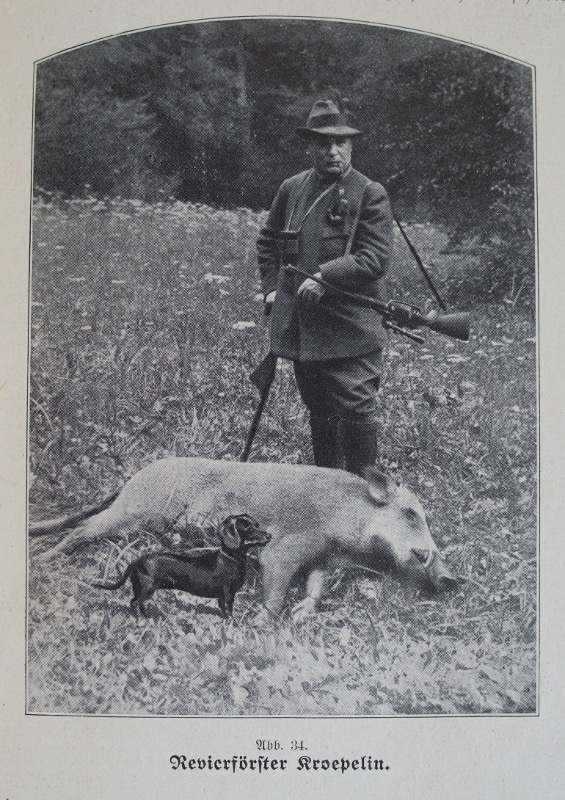
This gave a decisive boost to the “Kaninchenteckelklub”, founded in the meantime in 1905 by Senff, Kroepelin and Nausester, which was dedicated to the pure breeding of small dachshunds. The name “rabbit dachshund” itself was born out of resentment. At the time, the majority of people wanted to distance themselves from the activities of the “Verein zur Züchtung von Kaninchenhunden” (Association for the Breeding of Rabbit Dogs) and thus from the cross-breeding of foreign dwarf breeds, which was considered to have caused a loss of hunting qualities. The term “dwarf dog” was widely considered to be synonymous with “lap dog” and this was really not the ideal that one wanted to realize (which is why dwarf dachshunds were also separated from the “actual” dachshunds as an independent breed). The opposing opinion, which pleaded for ” miniature dachshunds”, because one wanted to keep the good qualities of the dachshund and only adapt the size to the needs, could not prevail, not least because miniature dachshunds had already been registered since 1902. Here again, one of the interesting contradictions: on the one hand, the miniature dachshund, as an alleged “beauty and luxury dog”, was denied “being a dachshund” (completely wrongly, as we know today); on the other hand, this “material” was also used to breed an even smaller rabbit dachshund, which would then certainly be a very sharp dog, a real dachshund, because it was bred by the right people in the right spirit.
Finally, the rapidly increasing popularity of the dachshunds listed in the dachshund stud book of the Teckel-Klub since 1902 quickly made any further discussion unnecessary, because one wanted to start anew from scratch in the spirit of the hunting dachshund movement.
All the more so, as initially the “rabbit dachshunds” did not care about the typical appearance of the dachshund and bred primarily for smallness while maintaining the “hunting dog sharpness” of the dachshund. Kroepelin may have his say here again: “At first, no great importance could be attached to “type” (…) but to breed light weight and small chest circumference constantly, that had to be the main thing; the type would come (…). Least of all, one could (…) worry one’s breeder’s head about “typical” dachshund heads”.
Even today, one or the other rabbit dachshund “suffers” from this, even though there is hardly a direct historical line leading from the Second World War to the present. Before 1945, there were clear local focal points of rabbit dachshund breeding, e.g. in Silesia. Not only that between 1939 and 1945, for obvious reasons, the (rabbit) dachshund population, like all pedigree dog populations, declined sharply, but also the landscapes in which rabbit dachshund breeding was pursued were cut off in 1945 and whoever set out or had to set out from these areas to one of the two later German states, first had completely different worries than rabbit dachshund breeding.
It is not at all uncommon to see prominent, rather round eyes, skulls clearly domed in profile and somewhat shorter muzzles, when according to the breed standard almond-shaped eyes, rather flat skulls without a clear stop in the top of the head and long muzzles are desired. To be fair, it must be pointed out that such phenomena are to some extent inevitable when breeding smaller and smaller.
Engelmann’s above-mentioned “demand” for rabbit dachshunds with a chest circumference of no more than 24 cm (with an average of 28 cm given at that time) has meanwhile become an upper limit of 30 cm chest circumference, probably also for this reason.
In such cases, benevolent people speak of a “delightful little dachshund heads”, less charming contemporaries mutter “apple head” and express the suspicion that one or the other rabbit dog from back then with not-so-dachshund ancestors has immortalized itself in the family tree.
Miniature Dachshunds as Family Dogs
Even today, it seems difficult to get along without such little mutual nastiness and one should simply accept it as folklore. Sometimes, however, when the “green faction” once again insists too brashly on being the real navel of the dachshund world, one would like to quote Engelmann once again: “That is why construction work does not favour the “dachshund form” in the least, nor is it the cause of this peculiar building. If achievements in construction were made the basis of breeding, the dachshund body would soon disappear, at least the too long and too deep building.”
So come down from your high horse on all sides; live and let live! More important than any conceit is the joy of healthy dachshunds, dwarf dachshunds and rabbit dachshunds, whether they are hunted or not. When it comes down to it, all of them are capable of taking the fight out of many a dog. Only the whole range between the handy hunting dachshund and the shrewd family dog has allowed the dachshund to survive as such, and both poles of the dachshund breed are mutually dependent on and promote each other.

